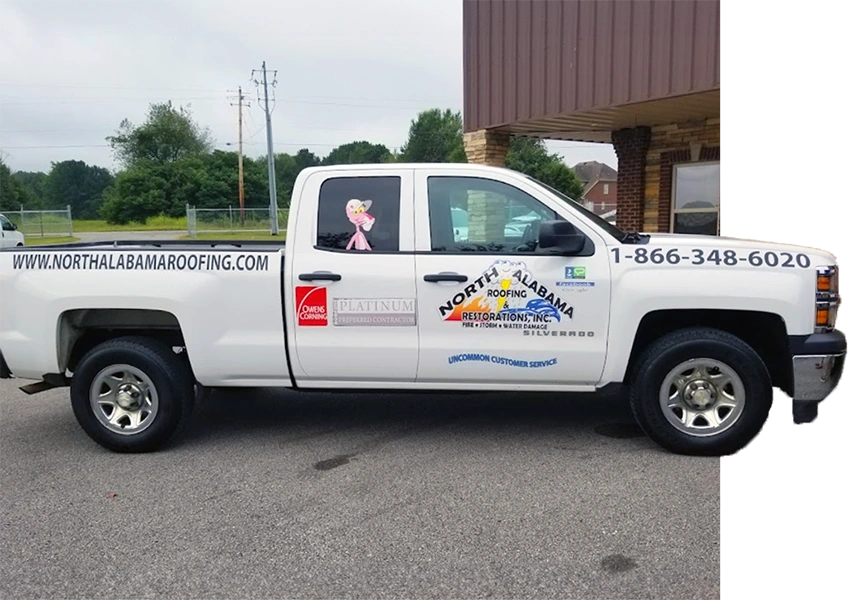Ever seen dark spots on your wall and wondered if it’s a problem? Mold in walls and on surfaces is more common than you think. It raises important questions about safety and risks.
Mold loves moist places and can grow in just 24 hours after water hits it. Leaks, water damage, and other issues can lead to mold.
Mold can damage buildings and harm the air inside, causing bad smells and serious health problems. It’s especially dangerous for people with allergies or breathing issues. Fixing mold inside walls often needs a pro. Knowing about mold safety and health risks is key to a safe place to live or work.
Key Takeaways
- Mold on walls is a common issue caused by factors like condensation, leaks, and water intrusion.
- Mold can begin to grow within 24 hours of water exposure and thrives in moist, dark environments.
- Symptoms of mold presence include musty odors, health issues, and visible stains or wet spots on walls.
- Mold exposure can lead to severe health risks, particularly for those with allergies or respiratory issues.
- Professional mold remediation is critical to address and prevent further growth and associated health risks.
Causes of Mold on Walls
Wall mold can come from many sources. High humidity, water leaks, and poor ventilation are common culprits. Plumbing leaks, roof leaks, and condensation are major moisture sources. Basements and bathrooms are especially prone due to their humidity and ventilation issues.
To stop mold, keeping humidity levels right and ensuring good air flow is key. Fixing leaks quickly and using mold-resistant materials can help a lot. It’s also important to control moisture in buildings to avoid mold dangers.
An office worker had headaches and flu-like symptoms at work but felt better at home. Mold testing showed Stachybotrys in the wall. This shows how mold can harm indoor air and health.
Mold inside walls can cause musty smells. Tests can show mycotoxins from mold. Dormant mold can spread easily and affect air quality. Bacteria with mold can also produce harmful toxins.
Mold in walls is a serious issue. Experts should handle removal to keep it from spreading. Doctors suggest testing for mold toxins and endotoxins if mold is found.
Mold often comes from water, flooding, and leaks. Even new homes can get mold from moisture and poor air flow. Fixing leaks and improving ventilation are crucial to prevent mold.
Is mold on the wall safe?
Mold on walls is a big worry for health and building safety. It can show up as brown, black, or green spots. Brown mold, for example, grows on fabrics, carpets, and wood, spreading spores that harm air quality.
Species like Cladosporium and Ulocladium love damp places and are hard to spot because they’re not always obvious.
Homeowners need to watch for mold in wet or humid spots. Look for a musty smell and color changes. If you find mold, act fast to avoid health issues.
Some molds can release toxins that are harmful, even in small amounts.
Fixing the problem that caused the mold is key. This means fixing leaks or roof issues. For big mold problems, get help from mold experts.
Ignoring mold or not fixing the moisture issue can lead to more health risks. The EPA and CDC have tips to help keep your home safe from mold.
Health Risks Associated with Mold on Walls
Mold exposure health risks are a big worry, especially for people with asthma or allergies. Mold spores are everywhere indoors and grow well in damp, warm spots. Places with leaks, floods, or humidity over 60% are most at risk, says the Environmental Protection Agency (EPA).
Signs of mold exposure include eye and skin irritation, coughing, sneezing, and breathing trouble. In bad cases, it can lead to serious health issues like brain problems and weakened immune systems. Kids, older people, and those with weak immune systems are most at risk.
Some molds, like Aspergillus, can cause serious lung and sinus problems. Mold allergies can make you wheeze, cough, and have trouble breathing. It can also cause other serious conditions like allergic bronchopulmonary aspergillosis and chronic pulmonary aspergillosis.
Mold spreads on wet materials like paper and wood. Keeping your place clean, dry, and well-ventilated is key. Regular mold checks and quick removal are important. For big mold problems, you might need a pro.
To prevent mold, keep humidity under 60%, use dehumidifiers, fix leaks fast, and ensure good air flow. When cleaning mold, wear protective gear like an N-95 respirator to avoid spores. Knowing and dealing with mold risks is essential for a healthy home.
Conclusion
Mold on walls is a big problem for both your home and your health. It grows in damp places, often because of leaks, bad air flow, and too much moisture. Knowing why it happens and how to stop it is key to keeping your home mold-free.
Homeowners should keep an eye out for mold signs and fix any water leaks fast. This helps stop mold from growing.
Mold can cause health issues like allergies and breathing problems. It can even lead to serious conditions like asthma and sinusitis. Mold releases harmful stuff like MVOCs and mycotoxins, which are bad for people with weak immune systems.
To control mold, you need good air flow, keep humidity under 60%, and fix leaks right away.
Homes with mold problems might lose value and scare off buyers. So, it’s important to control moisture and air flow to keep your home healthy. If you find mold, get help from mold removal experts to get rid of it safely.
By taking these steps, you can keep your home safe and healthy. This makes your living space better for everyone.






